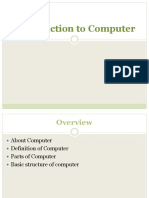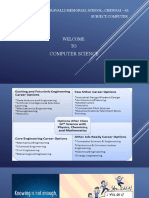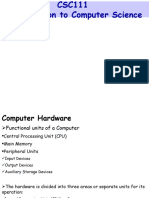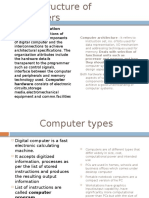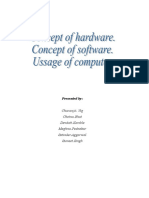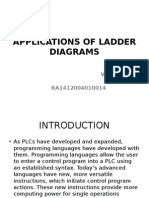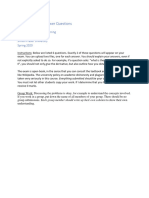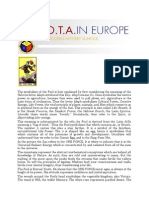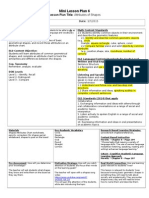0% found this document useful (0 votes)
38 views44 pagesComputer System
The document provides an overview of computer systems, detailing their essential components, including hardware, software, and liveware. It explains the fetch-decode-execution cycle and the basic operations of a computer system, such as input, processing, and output. Additionally, it discusses memory types, the central processing unit (CPU), and the importance of digital information representation.
Uploaded by
manularj2001Copyright
© © All Rights Reserved
We take content rights seriously. If you suspect this is your content, claim it here.
Available Formats
Download as PDF, TXT or read online on Scribd
0% found this document useful (0 votes)
38 views44 pagesComputer System
The document provides an overview of computer systems, detailing their essential components, including hardware, software, and liveware. It explains the fetch-decode-execution cycle and the basic operations of a computer system, such as input, processing, and output. Additionally, it discusses memory types, the central processing unit (CPU), and the importance of digital information representation.
Uploaded by
manularj2001Copyright
© © All Rights Reserved
We take content rights seriously. If you suspect this is your content, claim it here.
Available Formats
Download as PDF, TXT or read online on Scribd
/ 44











